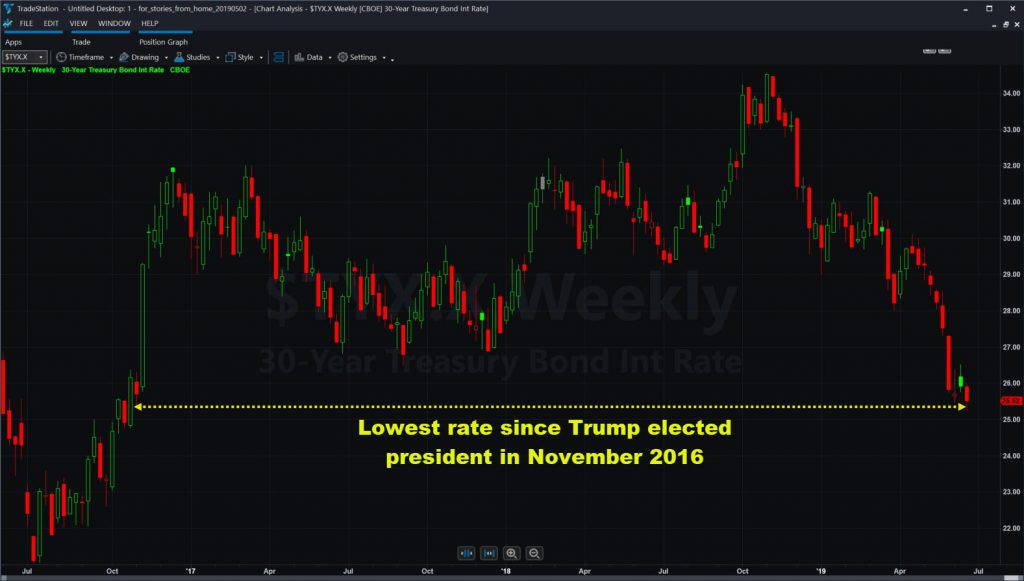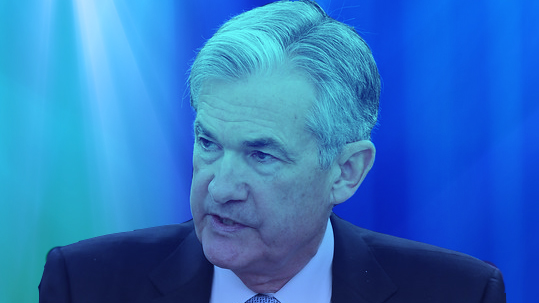Everybody’s looking for the Federal Reserve to signal an interest-rate cut today.
The central bank issues its policy statement at 2 p.m. ET — one of the most important events this week. It could be even bigger than usual because Fed watchers are looking for a key word to disappear from the statement.
Previously, officials said they would “be patient” about hiking rates. Now, some economists think the term will change to the squishier “flexible.” Others see the entire sentence being replaced with a pledge to “sustain the expansion.”
That would be the same language Chair Jerome Powell used back on June 4. Other voting members of the Fed including James Bullard and Richard Clarida made similar comments around the same time, helping drive the S&P 500’s biggest weekly gain of the year.
Interest Rate Cut in July?
CME’s FedWatch interest-rate tool crunches futures prices to predict the central bank’s actions. It now shows a strong probability of policymakers leaving the target range for interest rates at 2.25 to 2.5 percent today. A 0.25 point cut would follow on July 31, according to the tool.
How do we know? Keyword search for “patient.” That’s the confirmation everyone expects.

There are some important takeaways from the current situation with interest rates.
First is the irony that events in other countries make the Fed less important than you might think. Just yesterday morning, Mario Draghi of the European Central Bank stunned markets by saying that “additional stimulus will be required” if his region’s economy doesn’t improve. That’s another way of saying “low rates.”
Minutes from the Reserve Bank of Australia’s last meeting echoed a similar message. Russia and India lowered rates earlier in the month, as well.
Plenty of Cash
A rate cut by the U.S. Fed would also make it harder to earn money on cash — at the very same time investors have piled into it. Bank of America Merrill Lynch just released a survey of institutional investors showing the biggest jump in cash holdings this month in almost eight years.
The cause has been fear about the global economy and trade wars with China. But even that risk may have dissipated yesterday after President Trump said he’d meet with President Xi at next week’s G-20 summit in Japan.
In conclusion, consider the big picture. Investors worried about Fed rate hikes, and now it looks like they’ll be cutting. Investors worried about a drop in earnings in the first quarter, and they rose. Investors worried about increased trade tensions with China and that’s less of a risk. One after another, worst-case scenarios have failed to play out.
An adage states that “bull markets climb a wall of worry.” Is that what’s happening right now?


























